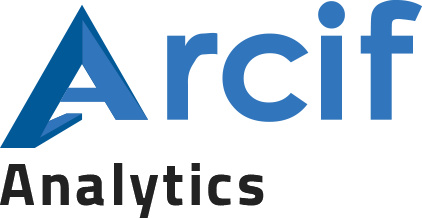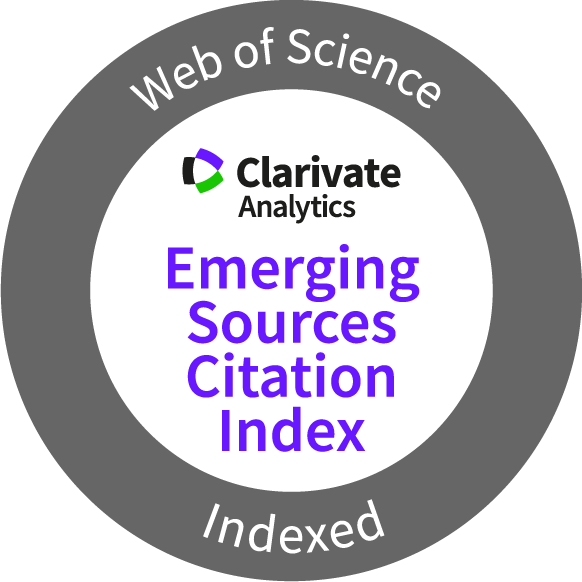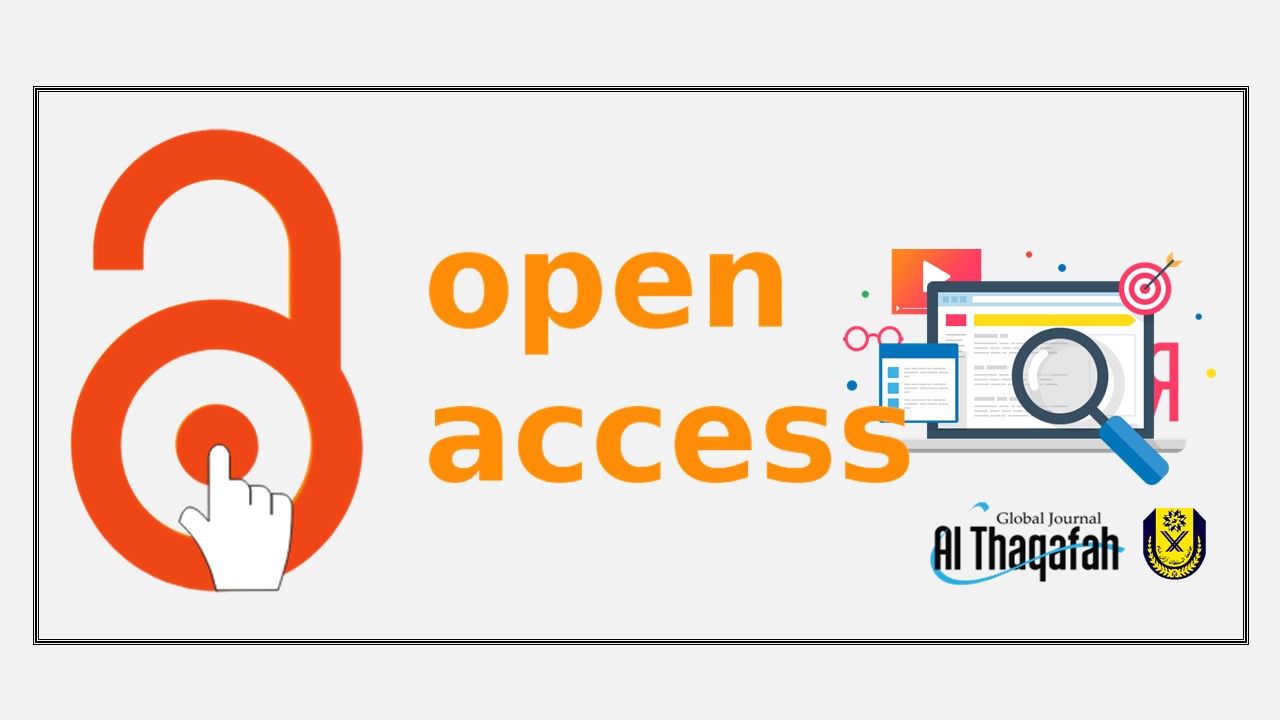Integrasi Pendidikan Tahfiz dan Akademik
Integration of Tahfiz and Academic Education
DOI:
https://doi.org/10.7187/GJATSI122024-5Keywords:
Hafazan al-Quran, UIAM, Integration, Holistic, Darul Quran JAKIMAbstract
Traditional tahfiz education is often perceived as being separate from mainstream academic education. However, with the increasing demand to produce a generation of huffaz who are master the Quran and also excel in academic fields, universities such as the International Islamic University Malaysia (IIUM) have introduced hafazan programs in collaboration with Darul Quran, JAKIM. This article examines the approach taken by IIUM in integrating hafazan education with academic courses, particularly in the fields of engineering and social sciences. Through interviews with instructors and students as well as an analysis of the programs offered, this article delves into the challenges, strategies, and successes achieved in the implementation of this program. This study employs a qualitative method, specifically thematic content analysis, through a literature-based examination of resources related to the history of tahfiz education, as well as interviews with instructors and students at the Centre for Foundation Studies, International Islamic University Malaysia (IIUM), Gambang Campus, Pahang.The findings of the study indicate that the integration of hafazan and academic education can not only be successfully implemented but also provides an Islamic education model that is relevant to contemporary needs. These findings offer important guidance for other institutions intending to implement similar programs, with the hope of producing graduates who not only excel academically but also have a strong religious foundation.
References
Abd Rahman, S., Ishak, I., Abd Warif, N. M., Ibrahim, F. W., Che Din, N., Harun, D., Ghazali, A. R., dan Mohamed, S., (2019) Hubungan antara hafazan al-Quran dan kualiti hidup pelajar tahfiz di Selangor, Malaysia. Jurnal Sains Kesihatan Malaysia Isu Khas 2019: 1-11. Online. http://dx.doi.org/10.17576/JSKM-2019-17SI-01. Diakses pada 6 November 2024.
Abd. Hadi, M. L. dan Masdan, A. S (2015). Penekanan terhadap ayat-ayat mutasyābihāt al-alfāẓ ke arah pemantapan mutu hafazan al Quran. Seminar Antarabangsa Akidah, Dakwah dan Syariah 2015 (IRSYAD2015), Kuala Lumpur, 12-13 Oktober 2015.
Abdul Ghafor Hameed, A. (2003). Isu semasa pengajian Quran dan sunnah. Selangor: Kolej Universiti Islam Malaysia.
Abdul Rahim, A.H., temubual oleh Dollah@Abdullah, A., Kuantan, 31 Mei 2023.
Alias, N. (2020) Prospek dan cabaran pendidikan tahfiz dalam Sistem Pendidikan Negara dalam buku Sejarah dan Perkembangan Pendidikan Tahfiz al-Quran di Malaysia: Edisi II. JAKIM.Online. https://www.researchgate.net/publication/342732463_Prospek_dan_Cabaran_Pendidikan_Tahfiz_Dalam_Sistem_Pendidikan_Negara_Seminar_Hala_Tuju_Pengajian_Tahfiz_Peringkat_Kebangsaan. Diakses pada 4 November 2024.
Ariffin, S., Abdullah, M., dan Norasid, M. A. H. (2017). Modul-Modul Hafazan Al-Quran. Kuala Lumpur: Universiti of Malaya.
Braun, V., dan Clarke, V. (2006). Using thematic analysis in psychology. Qualitative Research in Psychology, 3(2): 77-101. Online. https://doi.org/10.1191/1478088706qp063oa. Diakses pada 2 November 2024.
Embong, A. H., Ghazaly, M. M., Yasin, M. F. M., and Rahman, B. A. (2023). Covid-19 pandemic implications on Quran subjects at primary school in Malaysia: A new solution based on 3t Quranic basic module. Journal of Higher Education Theory and Practice, 23(3): 99-110. https://doi.org/10.33423/jhetp.v23i3.5842
Embong, A. H., Rahman, A. H. A., Kadir, F. K. A., Salamun, H., Mutalib, N. A., and Mokhtar, W. K. A. W. (2024). Contemporary employment jurisprudence: An analysis on the aspects of belief, sharia, and morality. Revista Juridica, 2(78): 495–511. https://doi.org/10.26668/revistajur.2316-753X.v2i78.6868
Embong, A. H., Rahman, A. H. A., Kadir, F. K. A., Khairuldin, W. M. K. F. W., Shahrani, S. S., and Karim, M. R. A. (2022) A research design based on the framework of tafseer al-fiqhiy (Quranic juristic commentary). Academic Journal of Interdisciplinary Studies, 11(2): 391-412. https://doi.org/10.36941/ajis-2022-0060
Fauzan, N. dan Shahidan, S. N. (2024). Al-Quran untuk terapi minda dan penyembuhan: kajian menggunakan quantitative electroencephalograph (qEEG): Quran for mind therapy and healing: A research using quantitative electroencephalograph qEEG. Global Journal Al-Thaqafah, 5(2): 99-109. Online. https://doi.org/10.7187/GJAT942015.05.02. Diakses pada 6 November 2024.
Fereday, J., dan Muir-Cochrane, E. (2006). Demonstrating rigor using thematic analysis: a hybrid approach of inductive and deductive coding and theme development. International Journal of Qualitative Methods, 5(1): 80-92. Online. https://doi.org/10.1177/160940690600500107. Diakses pada 2 November 2024.
Heriyanto. (2018). Thematic analysis sebagai metode menganalisa data untuk penelitian kualitatif. Online. http://ejournal.undip.ac.id/index.php/anuva. Diakses pada 2 November 2024.
Holloway, I., dan Todres, L. (2003). The Status of Method: Flexibility, Consistency and Coherence. Qualitative Research, 3(3): 345-357. Online. https://doi.org/10.1177/1468794103033004. Diakses pada 2 November 2024.
Ibrahim Star, N. H., dan Syed Bidin, S. N. B. (2021) Kesan bacaan al-Quran ke atas fizikal, mental dan emosi manusia: suatu sorotan: [The effect of reading the Quran on the physical, mental and emotional humans: a highlight]. KQT EJurnal, 1(2): 69-79. Online. https://ejurnal.kqt.edu.my/index.php/kqt-ojs/article/view/35. Diakses pada 2 November 2024.
Jusoh, M. K., Salihin, A. H. H., Ghozali, S., Abdul Latif, R., Ismail, M. Z., dan Yaacob, M. T. (2020). Sejarah perkembangan Pendidikan Tahfiz al-Quran di Malaysia. Jilid II. Selangor: Darul Quran JAKIM.
Khairuldin, W. M. K. F. W., Anas, W. N. I. W. N., Embong, A. H., Hassan, S. A., Hanapi, M. S., and Ismail, D. (2019). Ethics of mufti in the declaration of fatwa according to Islam. Journal of Legal, Ethical and Regulatory Issues, 22 (5): 1-6.
Khairuldin, W. M. K. F. W., Anas, W. N. I. W. N., Mohamad, M. Z., Embong, A. H., and Mokhtar, W. K. A. W. (2021). The role of Prophet Muhammad S.A.W in educating children and its applications to prevent gadget addiction among children. International Journal of Early Childhood Special Education, 13(2): 718–722.
Khairuldin, W. M. K. F. W., Anas, W. N. I. W. N., Suhaimi, M. A., Idham, M. A., Embong, A. H., and Hassan, S. A. (2024). Developing a holistic Islam-based academic integrity model for Malaysian higher education institutions. Pakistan Journal of Life and Social Sciences, 22(1): 677–686. https://doi.org/10.57239/PJLSS-2024-22.1.0049
Khairuldin, W. M. K. F. W., Embong, A. H., Anas, W. N. I. W. N., Mohd, H., and Ismail, D. (2018). The application of technology in the dissemination of fatwas: A study on religious institutions in Malaysia. International Journal of Civil Engineering and Technology, 9(7): 1590-1596.
Khairuldin, W. M. K. F. W., Fauzi, N., Anas, W. N. I. W. N., Embong, A. H., Imas, M. M., and Hassan, A. (2020). The knowledge of mobile learning and Quranic symbols (Dabt al-Quran) in Mushaf Uthmani and mobile learning among al-Quran teachers in IMTIAZ, Terengganu. International Journal of Advanced Science and Technology, 29(5): 1190–1198.
Mat Isa, A. A., Mokhtar, R., Talib, M. H., Mohamad Shokri, S. S., Abd Hamid, M. H., Salihin, S., Arshad, A., Abu Hasan, M. T., dan Ya’akob, A., (2023) Sedekad huffaz profesional Universiti Tenaga Nasional. Selangor: Penerbit Unit Tahfiz, Pusat Islam UNITEN.
Mohd Jais, S, Mohaiyuddin, N., Bistamam, M. N., Mohamed Arip, M. A. S., dan Othman, M. K. (2024). Adolescent mental health interventions: A review of psychological and an Islamic approach. Global Journal Al-Thaqafah, 14(1): 50-61. Online. https://doi.org/10.7187/gJAT072024-4. Diakses pada 2 November 2024.
Mohd Nawi, M. Z, Omar, M. R., dan Mohd Nor, M. A. (2021). Sistem pendidikan tahfiz di Malaysia, pilihan ibu bapa dan warisan pendidikan Islam Andalus: Satu sorotan. Asian People Journal 4(1): 132-147. Online. https://doi.org/10.37231/apj.2021.4.1.241. Diakses pada 3 November 2024.
Samad, M. S. H. bin A., Yusoff, M. Y. @ Z. bin M., dan Ariffin, S. (2021). Tahfiz al-Quran in Malaysia: A study from the view of model design and development research (DDR). International Journal of Academic Research Business and Social Sciences, 11(8): 1984-1993. Online http://dx.doi.org/10.6007/IJARBSS/v11-i8/10967. Diakses pada 6 November 2024.
Yusof, N. (2020). Kaedah pintar murajaah al-Quran: Kajian di Institusi Pengajian Tahfiz Malaysia. Tamaddun. Jurnal Pendidikan Dan Pemikiran Keagamaan, 21(2): 219-230. Online. http://dx.doi.org/10.30587/tamaddun.v21i2.2118. Diakses pada 3 November 2024.








